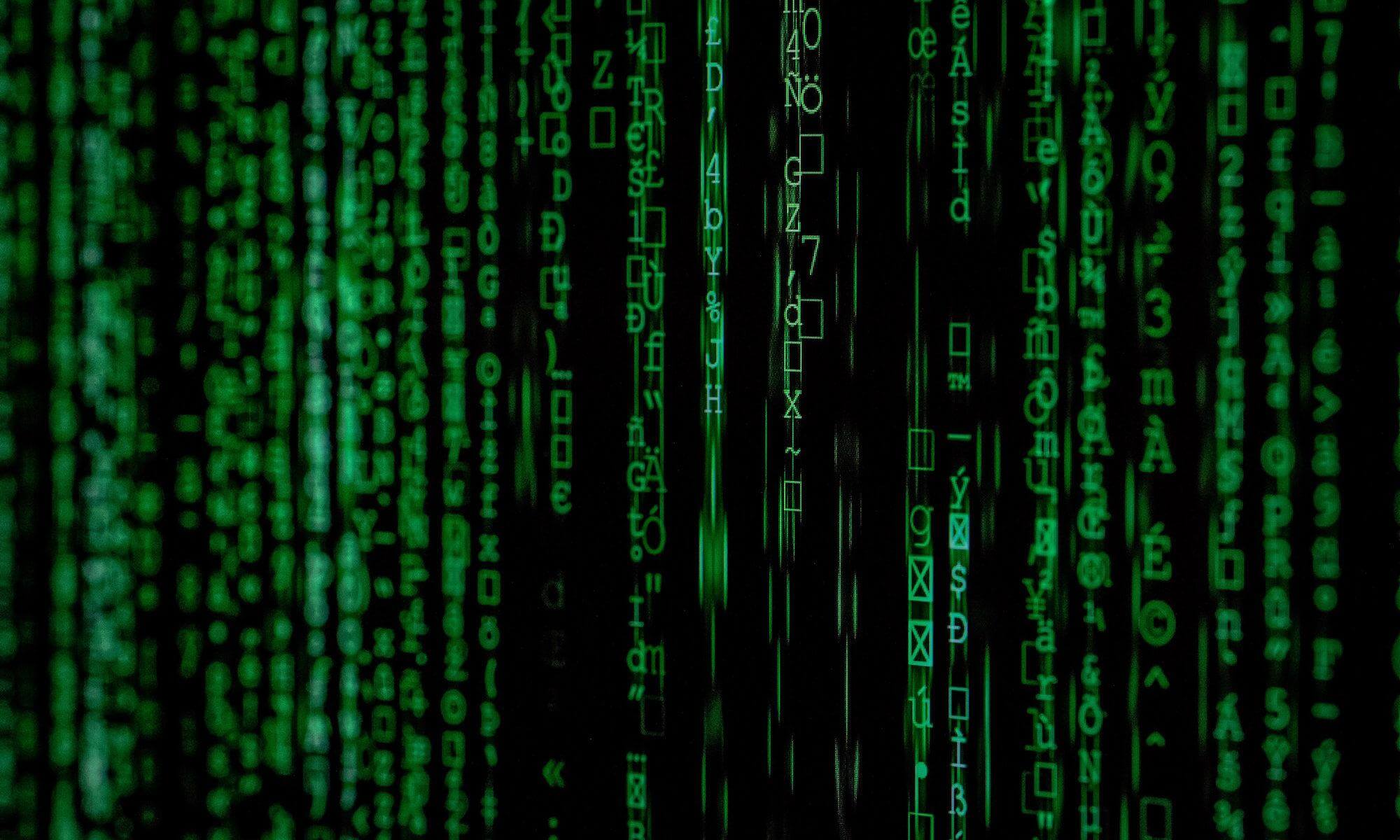In the digital epoch that constantly undergoes transformation, the matter of online privacy has ascended to a paramount position, demanding our unwavering attention. The protection of personal information in the vast expanse of the internet has become equally indispensable for individuals as well as companies, who strive to ensure the fortification of their users’ data.
If you are akin to the majority, a substantial chunk of your valuable time is dedicated to traversing the expansive realm of the online domain. Consequently, your personal information becomes susceptible to the perils and hazards of hacking and thievery.
To bolster your privacy in the virtual sphere, a few unpretentious measures can be put into effect:
Craft formidable passwords:
One of the most vital steps you can undertake is the creation of potent passwords. These passwords should consist of no less than 12 characters, encompassing a combination of uppercase and lowercase letters, numbers, and symbols. It is imperative to refrain from utilizing obvious or simplistic terms such as “password” or “123456.”
Embrace the implementation of two-factor authentication:
The adoption of two-factor authentication represents an additional stratum of security, necessitating the input of a code from a smartphone application when attempting to log in from an unrecognized device. This supplementary security measure acts as a deterrent, obstructing hackers from accessing your accounts, even in the event of successfully pilfering your password.
Exercise utmost caution while divulging personal information on social media:
Regrettably, a multitude of individuals remains oblivious to the fact that their personal information lies just a solitary click away from attaining viral status.
Refrain from disseminating personal details in public forums and settings. This encompasses sensitive information such as your birthdate, residential address, complete name, and other distinctive identifying particulars.
It is of paramount importance to exercise prudence when it comes to sharing images of your children online, for malicious individuals may exploit these visuals to locate and potentially harm or exploit them in the future.
Exhibit vigilance when accepting “friend requests” from unfamiliar individuals, as they may harbor ulterior motives such as gathering information for illicit purposes, including identity theft or other forms of fraudulent activities.
Exercise caution while utilizing social media applications like Facebook Messenger or Snapchat, as these platforms might possess inadequate security measures. Unscrupulous elements may intercept your messages in an attempt to gain access to personal information, including passwords.
Exercise prudence when utilizing public Wi-Fi networks:
In the realm of digital connectivity, the siren call of complimentary Wi-Fi may prove irresistible, yet it harbors the potential for unforeseen consequences! Prior to succumbing to the allure of any hyperlinks or attachments proffered via text message or electronic mail whilst ensnared within the clutches of a communal Wi-Fi network, it is highly prudent to embark upon the path of legitimacy verification with utmost care and caution. Should the visage of a link or attachment assume an air of suspicion or unfamiliarity, it is incumbent upon the discerning individual to exhibit restraint and abstain from the perilous act of clicking upon it, regardless of its deceptively innocuous veneer!
Unleash the untapped power wielded by a virtual private network (VPN):
Behold, a virtual private network (VPN) emerges as the conduit through which the intrepid cyber voyager may traverse the vast expanse of the online realm in a shroud of anonymity. By way of diverting the course of one’s digital traffic along an encrypted conduit, the VPN artfully veils one’s IP address and physical whereabouts from the prying eyes of formidable adversaries, including but not limited to Internet Service Providers (ISPs), employers, educational institutions, zealous purveyors of goods and services, and even the omnipresent gaze of governmental agencies that stand vigil over the virtual domain, intently monitoring one’s every online maneuver.
Exhibit caution when confronted with links and attachments in emails from unknown senders:
In the present day, hackers possess the capability to fabricate emails that are strikingly persuasive, closely mimicking messages from acquaintances or reputable companies. However, these seemingly innocuous emails harbor malicious software designed to pilfer data from your computer or smartphone!
Hackers possess an astonishing knack for deception through their email communications. Their objective is to entice you into clicking on embedded links or opening attachments that unleash malware onto your computer or smartphone. Hence, it is of utmost importance to approach emails from unknown senders with a cautious disposition.
Carefully scrutinize the “from” field of an email—if it does not align with the purported sender’s name, exercise prudence, as it could be a scammer attempting to deceive you!
Delve into the email’s complete header, which contains information regarding its origin and transmission path. If the email’s header appears suspicious or lacks pertinent details, it is advisable to promptly delete it!
Verify the security of websites:
To guarantee the preservation of your online privacy, it is imperative to ascertain the security of the websites you frequent. You can discern whether a website is secure by scrutinizing its web address, which should commence with “https://” instead of “http://.”
The inclusion of the letter ‘s’ signifies that the website employs encryption to safeguard data, effectively shielding it from prying eyes.
The most effective approach to verifying a website’s security is by scrutinizing its web address (the portion of the URL that succeeds “http://”). If the address culminates in “.com” or “.org,” it is highly probable that the website is secure. Conversely, addresses ending in “.edu” or “.gov” denote official government operations, thus signifying safety.
Safeguarding your digital existence has never been more accessible. Remember, in times of distress, maintaining composure is pivotal. Equip yourself with knowledge before it is too late, and then undertake the necessary steps to ensure your safety as well as that of your loved ones.
Ensure that your devices are constantly updated with the latest security patches. Additionally, install dependable anti-virus software, anti-spyware software, and a firewall.
Undoubtedly, numerous other avenues exist to enhance your online security. However, this serves as a preliminary point in your pursuit to fend off cyberattacks and safeguard your private data.


